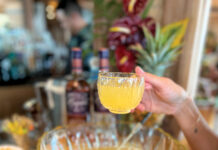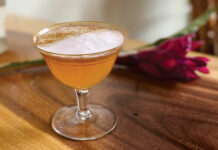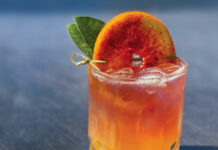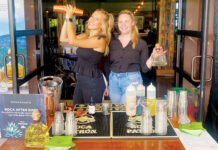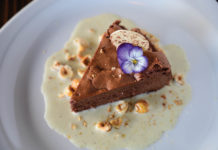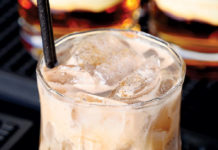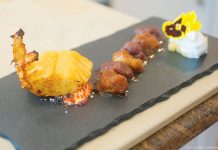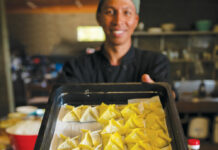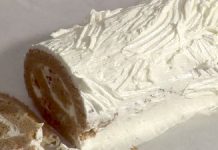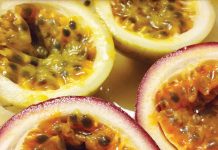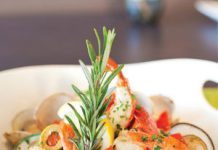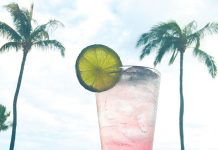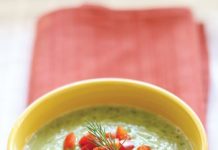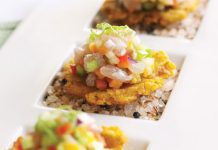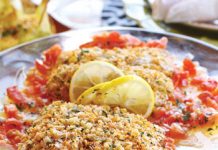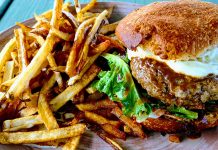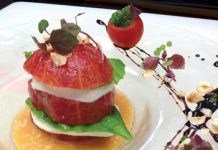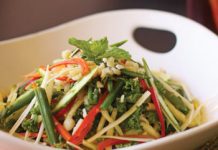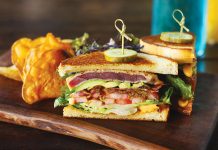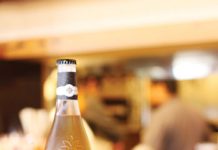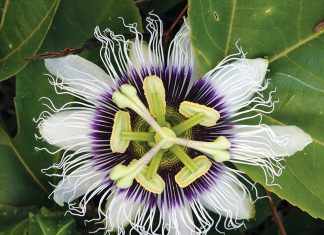Story by Becky Speere | Photos by Shelby Lynch & Dazoo
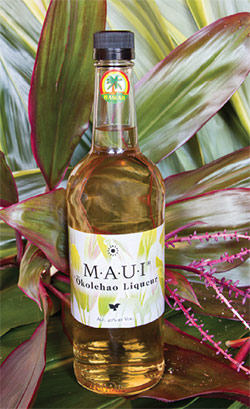 A few years ago, our friends Andy and Tammy Paul invited my husband, Chris, and me to dinner at their home in Ha‘iku. After we feasted on kiawe-grilled beef kalbi, potato salad and white rice, our hosts suggested an after-dinner drink. They opened the kitchen cabinet and pulled out a single bottle of . . . what? Not even the Pauls knew. Tammy’s grandmother, Helen Walsh Davis of Kahului, had given it to them thirty years earlier as a wedding gift — telling them at the time that the bottle held liquor at least sixty years old.
A few years ago, our friends Andy and Tammy Paul invited my husband, Chris, and me to dinner at their home in Ha‘iku. After we feasted on kiawe-grilled beef kalbi, potato salad and white rice, our hosts suggested an after-dinner drink. They opened the kitchen cabinet and pulled out a single bottle of . . . what? Not even the Pauls knew. Tammy’s grandmother, Helen Walsh Davis of Kahului, had given it to them thirty years earlier as a wedding gift — telling them at the time that the bottle held liquor at least sixty years old.
This slightly cloudy, orange-brown drink tasted like nothing we’d ever imbibed. As luck would have it, a few days earlier I had met a Kentucky whiskey distiller who lived on Moloka‘i in 1956. Later, when I described the drink to him over the phone, the seventy-two-year-old gentleman said it sounded like ‘okolehao. “Please get me a sample and I’ll run some lab tests on it at my distillery.”
Okolehao, also known as Hawaiian moonshine, showed up in the Islands after Westerners arrived and introduced the natives to the art of distilling. The fellow who did so was an escaped convict from Australia, one William Stevenson, who took a pair of the iron try-pots whalers used to render blubber, and turned them into a boiler for a rudimentary still. Side by side, the two round pots “were said to resemble a woman’s plump backside,” says whiskey blogger Matthew
Rowley, “and the nickname ‘iron bottom’ stuck.” (‘Okole means “bottom,” hao means “iron”; put them together with proper Hawaiian syntax, and you get ‘okolehao.)
A while later, my distiller friend called to confirm the lab results: the sample I’d given him tested as ‘okolehao with “overtones of coconut.” He noted that, in the past, old whisky barrels from whaling ships were repurposed for ‘okolehao, and coconut shells were added to the barrels for flavor.
Like other home brews, ‘okolehao varied in its recipes. The most traditional method was to steam the huge roots of mature ti plants — which converts the carbohydrates to sugars — then ferment and distill the mash. The result was often a harsh distillate, sort of a Hawaiian white lightning, which helps explain why ‘okolehao had largely disappeared by the mid-twentieth century. Haleakala Distillers (which also makes Maui Platinum and Dark rums) has resuscitated the recipe, adding a proprietary blend of flavorings and a touch of sugar to create a sippable liqueur with tropical-fruit overtones.
Our thanks to James Shoemaker, head bartender at Dazoo restaurant (formerly in Pa‘ia), for sharing the recipe for his Year of the Dragon Mai Tai.

